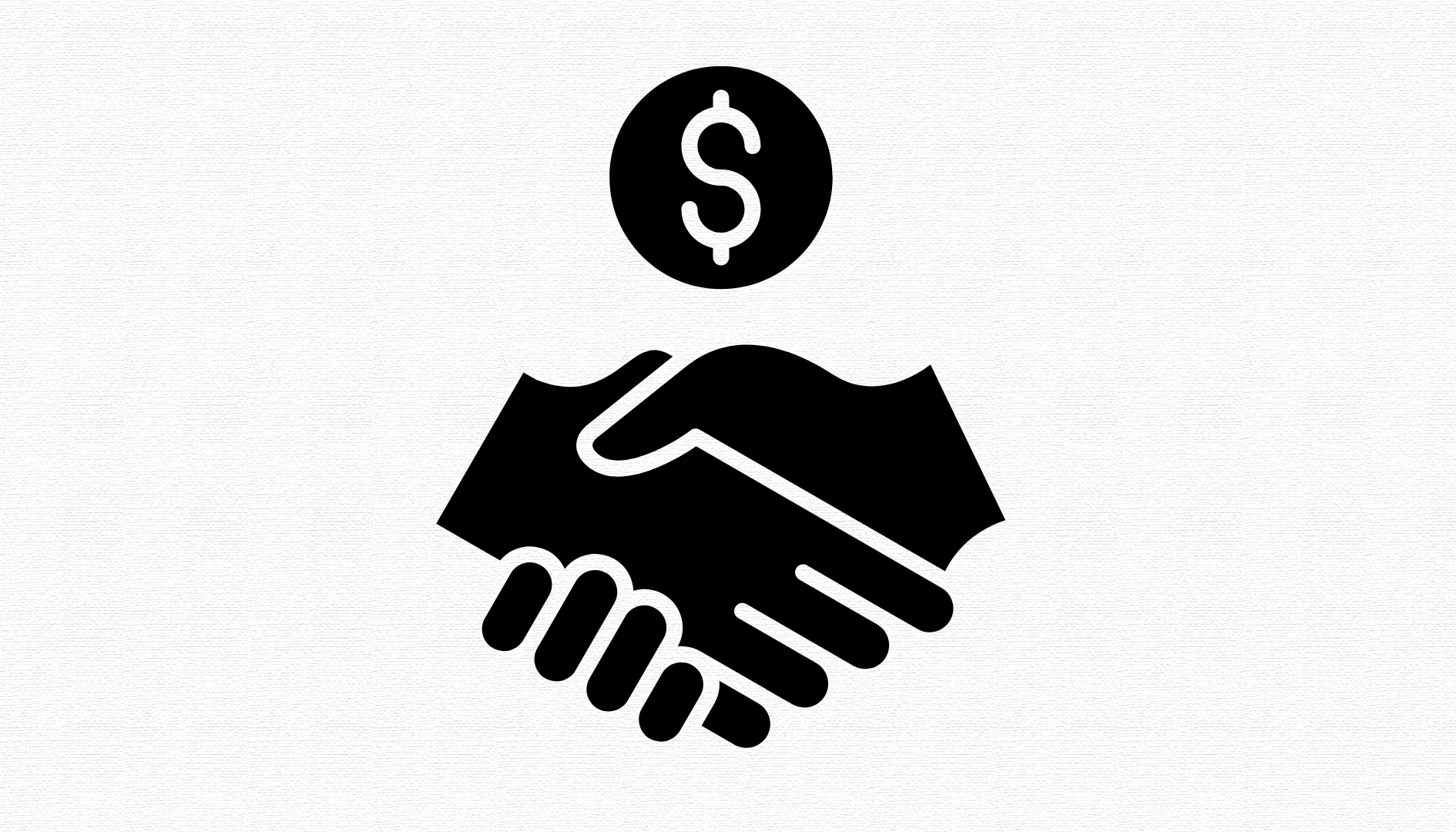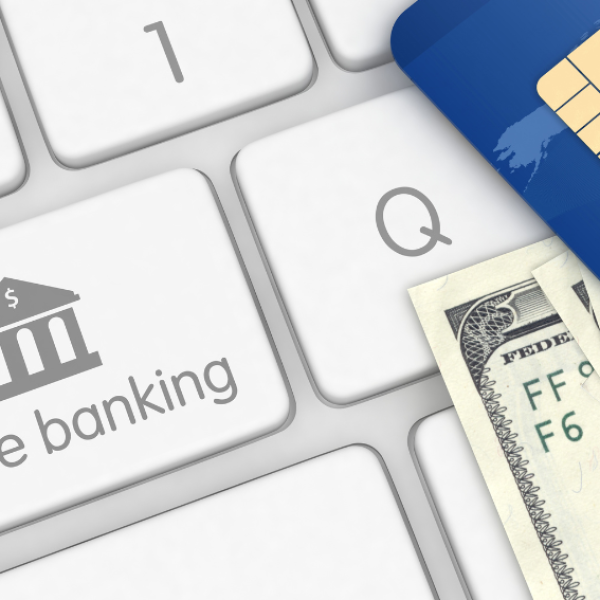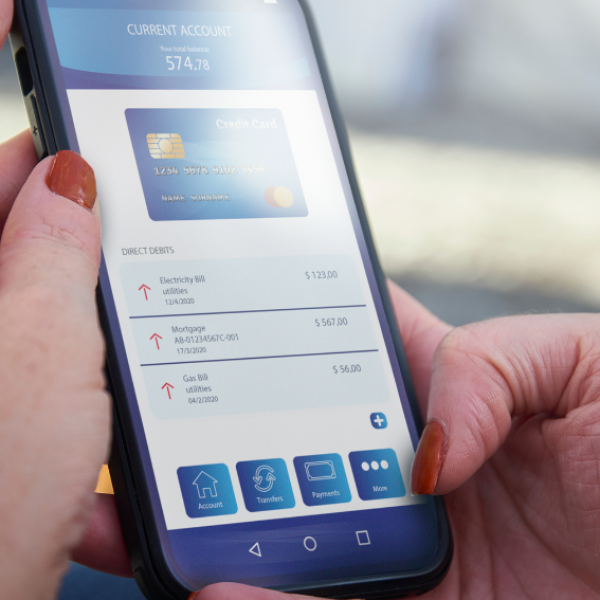Digital transactions are increasingly commonplace, making the security of payment cards critical. Protecting your finances extends beyond mere monetary loss; it includes safeguarding your identity and personal information. Each card brand employs various security measures designed to deter fraudulent and counterfeit transactions from penetrating their payment systems.
One notable security feature is the Signature Panel Code (SPC), a unique code printed on your card. This code is crucial for verifying the card’s legitimacy, especially during online or phone transactions. It is used alongside your card number and expiration date to authenticate transactions. you may be asked to provide this code as an additional security step to confirm that the card is in your possession and that you authorize the transaction. This layer of security helps in minimizing the risk of unauthorized use of your card. Keep on reading to learn everything you need to know about SPC.
Table of Contents
An Overview of the Signature Panel Code
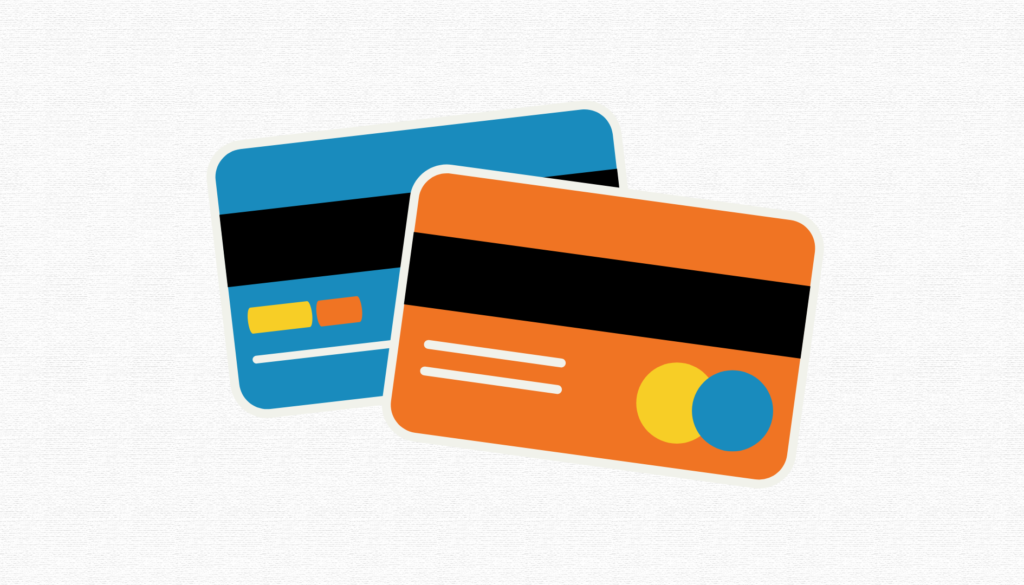
This signature panel code serves as an additional security feature on cards and is usually required when making online purchases. The code helps merchants verify the legitimacy of a customer’s card during transactions where the card is not physically present. Its function is to enable electronic processing by the banking system and to confirm the authenticity of the check, which helps prevent scenarios involving counterfeit or stolen checks.
Each card issued by major brands like Mastercard, Visa, and American Express includes this code. For Mastercard, Visa, and Discover, the code is three digits long and located alongside the signature strip. American Express uses a four-digit code next to the card number.
During the transaction process, merchants request these codes from customers and include them in authorization requests sent to the card issuers. The card issuer then checks the code’s validity and communicates the results back to the merchant along with the authorization.
Real-Life Example of Using Signature Panel Code
When processing a card-present transaction, a merchant can swipe it, insert it into a chip and PIN reader, or use it for a contactless payment. These methods transmit the card’s information to the card issuer for verification.
However, within e-commerce, customers cannot swipe or dip their cards as there is no physical hardware POS system to complete the transaction. This is where signature panel code plays a vital role in mitigating fraud and preventing unauthorized card use.
Consider a scenario where an individual purchases a new laptop from an online retailer. After selecting the desired model and specifications, they proceed to the checkout page, where payment details are required.
To process the payment successfully, the shopper must enter their signature panel code along with other required details like card number and expiration date into the designated fields on the website.
This code serves as a crucial security layer because it verifies that the shopper has the physical card in their possession and is not using stolen card numbers obtained from other sources. Once the code is entered, the online retailer processes the transaction by sending the card details and the signature panel code through a secure, encrypted connection to the card issuer for verification. If the code matches the one on file with the issuer, the transaction is approved, allowing the purchase to be completed successfully.
Why Is Signature Panel Code Important?
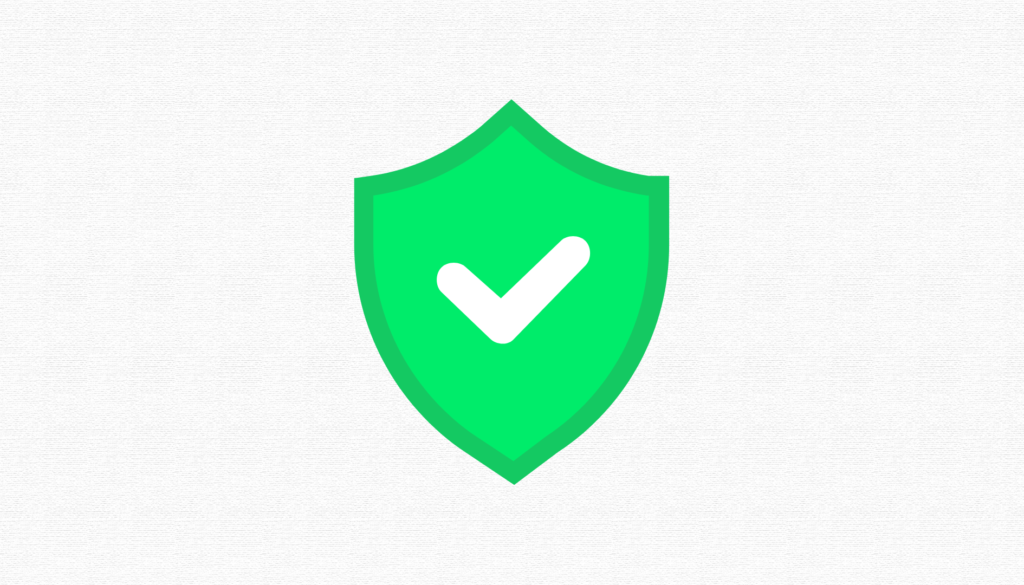
The Signature Panel Code plays a crucial role in safeguarding online and telephone purchases against fraud. Here are four key reasons why it’s essential:
- Prevention of Card-Not-Present Fraud:
Card-not-present transactions occur when purchases are made without presenting the physical card, typically online. These transactions are more susceptible to fraud than those where the card is physically present. Using the Signature Panel Code as part of user authentication helps verify that the customer actually holds the card they are using for the purchase.
- Enhanced Security Layer:
Data breaches, where sensitive information like card numbers can be stolen, are unfortunately common. The Signature Panel Code is rarely stored in merchant databases or captured during transactions, making it harder for thieves to access. This code is necessary for completing a transaction, providing an additional layer of security. For instance, merchants may store this code to process payments for recurring services or subscriptions but must encrypt it and restrict access to authorized personnel only.
- Barrier to Counterfeit Card Production:
The requirement of a Signature Panel Code complicates efforts to create counterfeit cards. Without this code, the effectiveness and potential use of a fake card are significantly reduced, as it cannot be used for authorized transactions.
- Adherence to Payment Industry Standards:
To mitigate risks associated with credit card use, merchants must comply with Payment Card Industry Data Security Standards (PCI DSS), enforced by the Payment Card Industry Security Standards Council. Non-compliance can result in penalties ranging from $5,000 to $10,000 per month, promoting strict adherence to security measures and thus minimizing the potential for data breaches.
Where Is the Signature Panel Code Located?
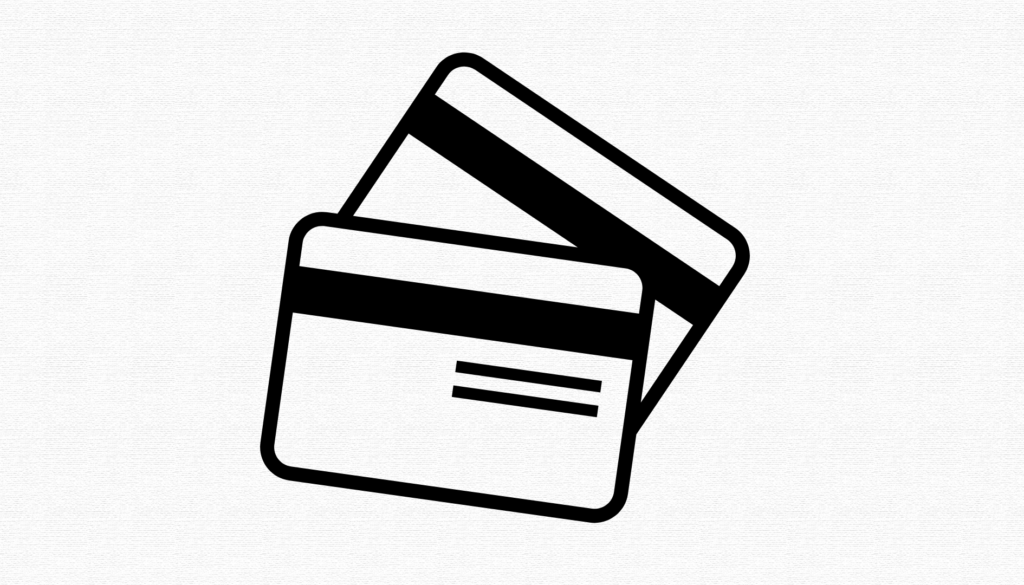
The security code is essential for confirming your identity and to go through with card-not-present (CNP) transactions, so it’s easily identifiable. It is an addition to make your CNP card transaction more secure as it complements with your card number and expiration date. The placement of the security code can differ across card issuers.
Typically, for Mastercard, Visa, and Discover cards, you’ll find a three-digit number on the back of the card. This is positioned to the right of the signature strip. However, it’s worth noting that configurations can vary slightly depending on the bank. Some might opt to display only the last four digits of your card number followed by this security code for added clarity.
On the other hand, American Express cards feature a different setup. Here, the security code is four digits long and is prominently printed on the front of the card, positioned just above the card number.
Are Signature Panel Codes Different from CVV, CVN, and CVVC?
The Signature Panel Code on your credit or debit card is often referred to by different names depending on the card network. For example:
- CSC: AmEx and Discover refer Card Security Code to the four-digit code on the front of their cards, generally placed above the card number.
- CVC: Card Verification Code is the label Mastercard uses for the three-digit security code located on the back of the card, often in the signature panel.
- CVV2: Visa designates the three-digit code on the back of the card as Card Verification Value 2, typically found in the signature panel.
- CID: Along with CSC, American Express also uses the term Card Identification Number for the four-digit code on the front of the card, positioned typically above the card number. It may also be called the “Unique Card Code” (UCC).
Likewise, the Signature Panel Code, along with the terms mentioned, essentially serves the same purpose across all card issuers. These codes, whether three digits (on MasterCard, Visa, and Discover) or four digits (on American Express), are used to provide an additional layer of security during transactions, particularly in scenarios where the card is not physically present, such as online purchases or phone orders.
The difference among these codes generally lies in their naming and the specific policies of card issuers rather than in their function. Each card company uses these codes to help confirm that the person making a transaction has the card in their possession, thus reducing the risk of fraud.
Things to Remember Regarding Signature Panel Code
To protect the security of your Signature Panel Code (SPC) on credit and debit cards, adhere to the following guidelines:
- Maintain Code Confidentiality: The signature code, usually a three-digit number on Visa, Mastercard, and Discover cards or a four-digit code on American Express cards, should be memorized and not recorded. Keep your card in a secure place to prevent unauthorized use and do not disclose the code to anyone. Authorized parties such as merchants or customer service representatives will not request this code.
- Exercise Caution During Transactions: When making purchases online or over the phone, provide the SPC only when necessary and ensure the service is reputable and secure. Confirm that the website URL begins with ‘https’ and that there is a padlock icon in the browser’s address bar, both of which signal a secure connection.
- Monitor for Fraudulent Activity: Regularly review your account statements to spot any unauthorized charges. If you detect any unusual activity, inform your card issuer right away. Most issuers provide around-the-clock monitoring services to help identify and prevent fraud.
- Act Quickly if Your Card is Lost or Stolen: Immediately contact your card issuer to deactivate the card and stop any fraudulent charges. Prompt action can reduce potential losses and safeguard your financial security.
Conclusion
The signature Panel Code (SPC) is a crucial security feature for payment cards, essential in verifying the legitimacy of transactions, especially in card-not-present scenarios such as online and phone purchases. This code, typically three digits for Visa, Mastercard, and Discover, or four digits for American Express, provides an additional layer of security by confirming the cardholder’s possession of the card.
Its use helps prevent unauthorized transactions and reduce fraud risks. Understanding and safeguarding this code, along with regular monitoring of account activity and swift action in case of card loss or theft, are key measures to ensure the security of your financial information during digital transactions.
Frequently Asked Questions
What is a Signature Panel Code?
A Signature Panel Code is a three or four-digit number on credit and debit cards used for securing online or phone transactions. For Visa, MasterCard, and Discover, it’s a three-digit number on the back, while for American Express, it’s a four-digit number on the front.
Where can you find the Signature Panel Code on your card?
For Visa, MasterCard, and Discover, the Signature Panel Code is on the back of the card near the signature line. For American Express cards, it’s on the front, usually on the right side next to the card number.
Why is the Signature Panel Code important?
The Signature Panel Code is important for verifying that the card is with the rightful owner during online or phone transactions, reducing the risk of unauthorized use and fraud.
Is it safe to share your Signature Panel Code?
You should only share your Signature Panel Code with reputable and secure merchants during transactions. Avoid sharing it indiscriminately, especially in response to unsolicited phone calls or emails, to prevent fraud.


